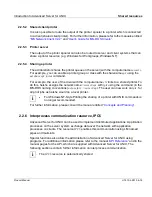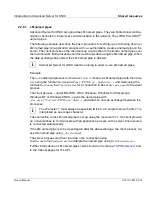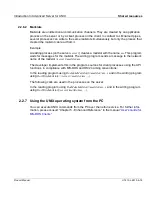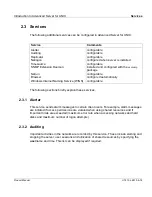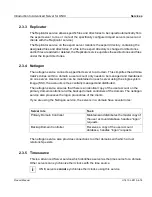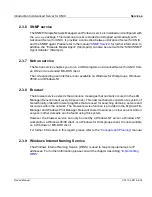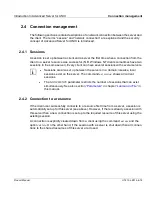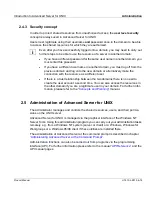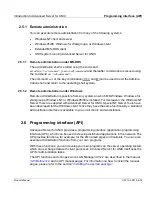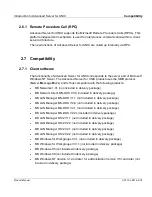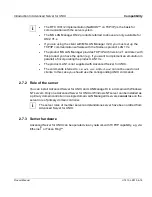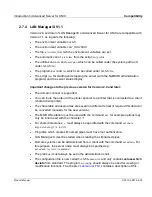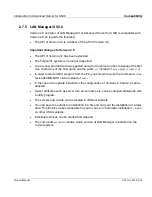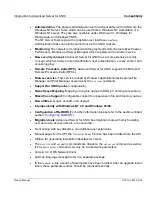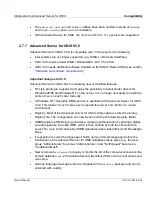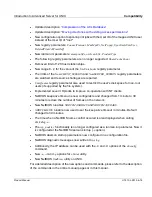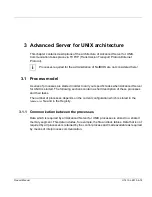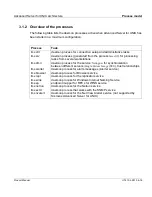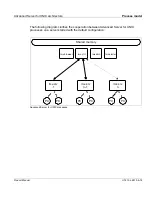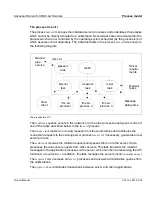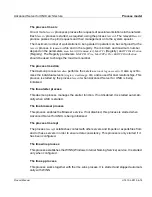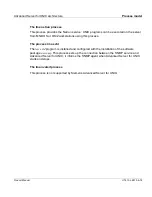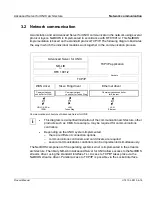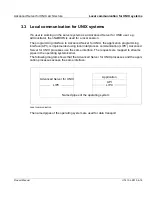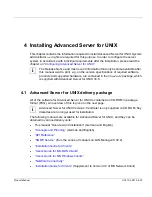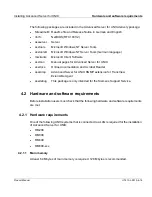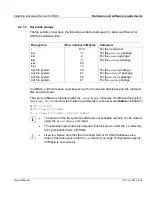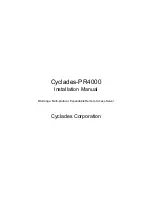
Introduction to Advanced Server for UNIX
Compatibility
Product Manual
U7613-J-Z815-6-76
©
S
iem
e
n
s
N
ix
dor
f
In
fo
rm
at
io
n
s
s
y
s
te
m
e
A
G
1
9
9
5
P
fad
: D:
\O
7
613
e6
\u
761
3e
.k
02
2.7.6
LAN Manager/X V2.2
Advanced Server for UNIX since V3.5 is compatible with LAN Manager/X V2.2 as regards
the following:
●
Advanced Server for UNIX supports the full functionality of LAN Manager/X V2.2.
●
Interoperability is possible both with LAN Manager V2.x systems and with LAN
Manager V2.0 and V2.2 clients under MS-DOS, OS/2, Windows 3.1, and Windows 3.11
(Windows for Workgroups).
●
The environment variable
$xLMX
and the
lmx
command are still available.
Important changes to Version 2.2
Advanced Server for UNIX has the following new or modified features and functions:
New and modified commands or procedures are explained in comparative tables
with comments in Appendix A of the manual
“Concepts and Planning”
. Please refer
to the tables for these descriptions.
●
Like a Windows NT server, Advanced Server for UNIX can take on the server role of
primary domain controller in a domain.
●
The server roles of “member server” and “standalone server” have been omitted. In an
upgrade, the member server is given the role of “backup domain controller” and the
standalone server is given the role of “primary domain controller”.
●
The share level security concept is no longer supported. In the upgrade installation, the
server is given the server role of primary domain controller with the user level security
concept.
●
Modified processing and defaults for access permissions
●
The environment variable
$xASX
exists in parallel to the environment variable
$xLMX
.
The new command
asx
(e.g.
asx start
) corresponds to the
lmx
command, which can still
be used.
●
The Replicator service is no longer started automatically.
●
Trust relationships can be set up between domains. These facilitate the use of
resources in other domains.
●
Global and local groups as well as global and local user accounts are supported.
●
Customizable user environments: A specific user environment is recorded by means
of defining a user profile or by allocating a logon script regardless of which client the
user logs on from.
i


